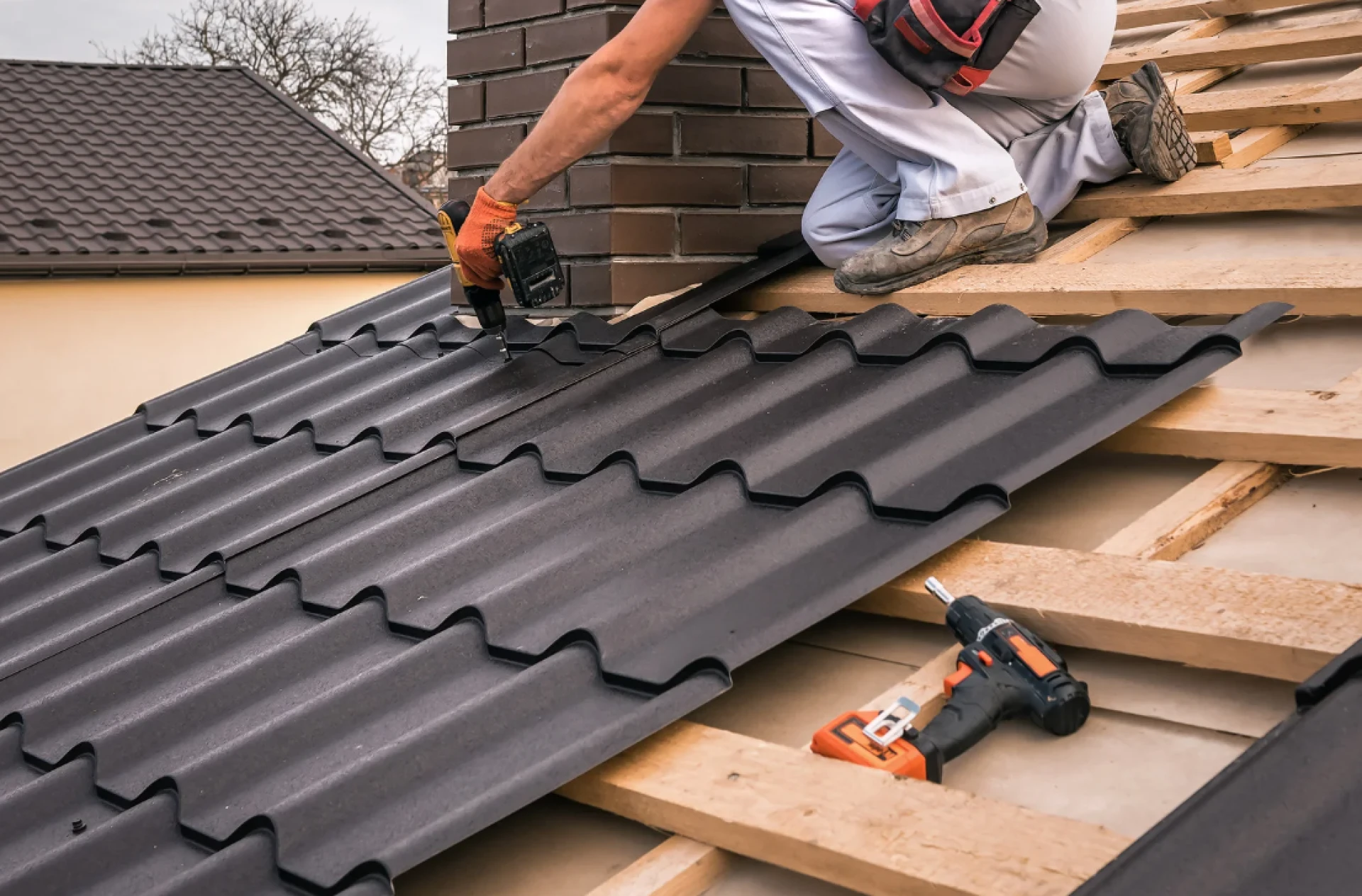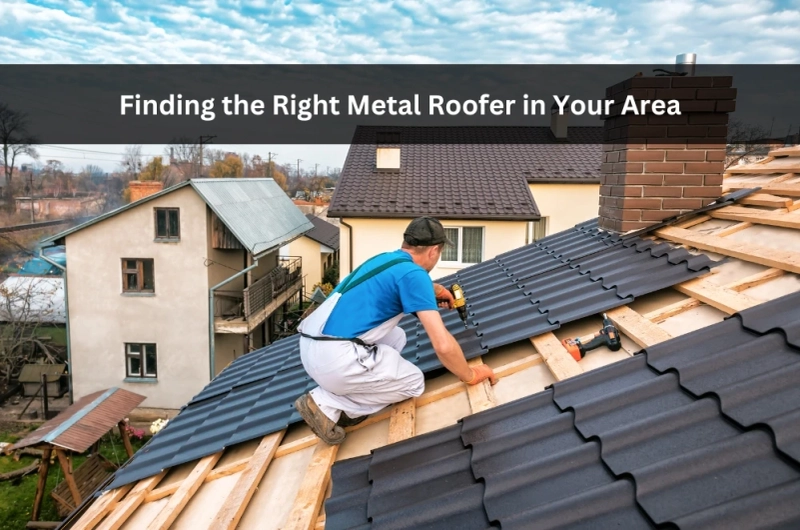Metal roofing has gained serious traction across Australia — and for good reason. It holds up under heat, resists corrosion, and gives homes a clean, modern look that lasts. But while the material itself is strong, the real difference comes from how it's installed. That part? It’s all about who you hire.
When I was upgrading my home’s roof a few years back, I didn’t realise how much variation there was in approach and professionalism. The contractor I ended up choosing walked me through every stage of the process — not just the technical specs, but how they handled timing, site prep, and clean-up. That insight helped me understand what separates reliable metal roof installation services from those that just bolt sheets and hope for the best.
Choosing someone local with the right experience can mean fewer surprises and a smoother job from start to finish.
Look for local knowledge and credentials
This is something I learned the hard way. A few years back, I got a quote from a roofing company based in another state. Seemed fine at first. But the moment I asked about local council overlays and how they’d handle corrosion zones near the coast, things got vague.
You want someone who works where you live — not just someone willing to drive there. Here’s what I look for now:
- They talk specifics — about pitch, profiles, and stormwater
- They’ve handled similar roof types or neighbourhoods before
- Licensing and insurance are offered upfront; no prompting needed
- They name projects nearby and speak about them like they know them
- There’s no hesitation when asked about wind or fire ratings
If you’re not hearing local terms or project talk in those early convos, it might be worth moving on. Familiarity with your postcode counts for more than flashy branding.
Understand the role of safety on every project
Roof work isn’t like painting a wall — there’s no margin for sloppy habits. Too many stories float around about rushed jobs, injuries, or shortcuts. And that’s without mentioning the liability homeowners can unknowingly carry if a contractor cuts corners.
The better professionals operate with a quiet sort of discipline. No fanfare, just good systems. Those who understand safe roof installation guidelines usually approach the whole job with more care. It’s something that shows in small ways — taped-down ladders, clean job sites, crew briefings that aren’t just for show.
Some key signs to look for:
- Scaff setups that don’t wobble on uneven surfaces
- Thoughtful timing — e.g. pausing on high wind days
- Clear PPE rules across the entire team
- A site contact who checks conditions daily
- Answers to your safety questions that make sense, not just legal-speak
Good safety practice isn’t just about avoiding fines. It’s about trust. And if your contractor downplays it, that’s a red flag worth walking away from.
What you can do to prepare for the install
Most people think once they sign the quote, their job’s done. But there’s plenty you can do ahead of time to make sure things go smoothly. In one job I helped coordinate, the client hadn’t realised their satellite dish wiring ran under the old tin — cue a day’s delay. A few basic checks could’ve avoided it.
These kinds of pre-installation roofing tips come in handy:
- Trim overhanging branches before work begins
- Make sure your driveway or side gate is accessible for skips and gear
- Walk through the attic or crawl space — remove stored valuables
- Notify neighbours about potential noise or fencing that affects them
Doesn’t take much. But that prep creates a smoother job for the crew and fewer headaches for you.
Ask the questions that actually matter
Some contractors talk a lot but say little. Others don’t say much — and it turns out they should have. Asking a few pointed questions before anyone touches your roof can help avoid misunderstandings.
Skip the small talk and ask about:
- Supervision: Who’s actually managing the job?
- Removal: Will they handle old material disposal fully?
- Materials: Are they familiar with the profile you’ve chosen?
- Warranties: what’s covered by the supplier, and what’s covered by them?
- Timing: What happens if the weather delays work mid-way?
I’ve seen well-reviewed contractors make assumptions about roof access or driveway use that led to disputes. Asking early avoids that.

Watch how they handle unexpected issues
No roofing project is ever completely straightforward. Even with prep and planning, things pop up — rotten timber, surprise asbestos, or batten misalignments that weren’t obvious from the outside. What matters is how your roofer reacts when the unexpected shows up.
In one installation I observed, rain forced a tarp setup mid-job. The contractor didn’t panic or blame the forecast — they made adjustments, explained the change, and kept moving. That kind of adaptability is a sign of experience.
You want someone who doesn’t get rattled easily. Ask about tricky jobs they’ve managed before. Do they offer options, or just delays? Their ability to problem-solve without drama is just as important as their ability to hammer straight.
Final thoughts: a steady process leads to better results
When everything’s stripped back — the quotes, timelines, brochures — it’s the working relationship that sticks. You want to feel confident that you can ask questions without being brushed off. That, more than anything, reflects how the installation itself will go.
I’ve watched enough roofing projects unfold to know that the smoothest ones weren’t necessarily the fastest — they were the ones where no one rushed decisions. Clear briefings, clean sites, no mystery charges. A good roofer earns your trust bit by bit, not just with their words but how they show up, day after day.
And while tools and trucks are one thing, the way they answer your concerns is another. I’ve found this especially true when thinking about the kinds of questions to ask your roofing installer. It’s often those chats — before the scaffold even goes up — that tell you what kind of service you’re actually getting.


